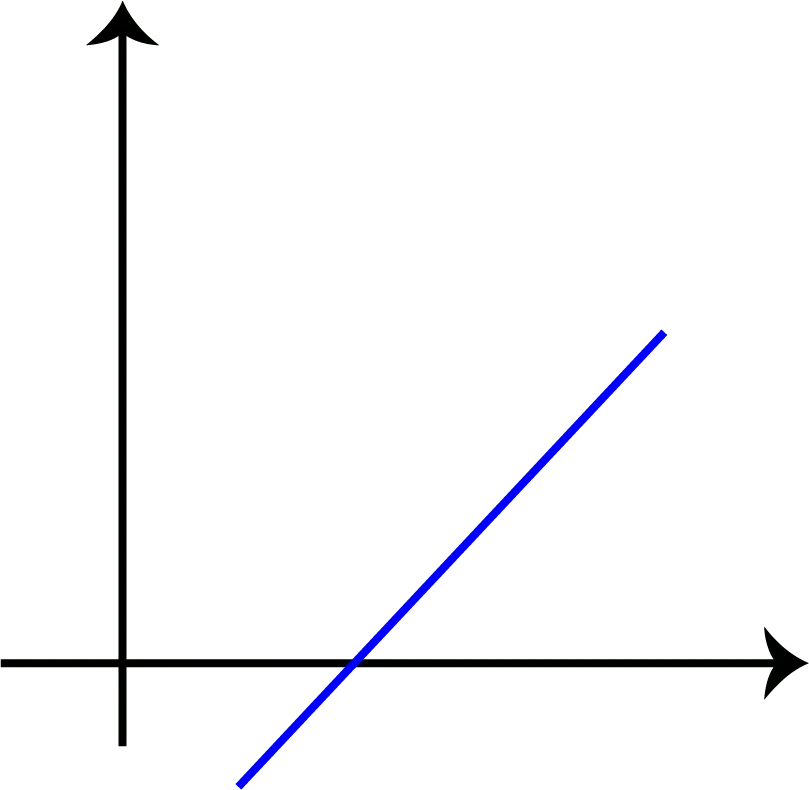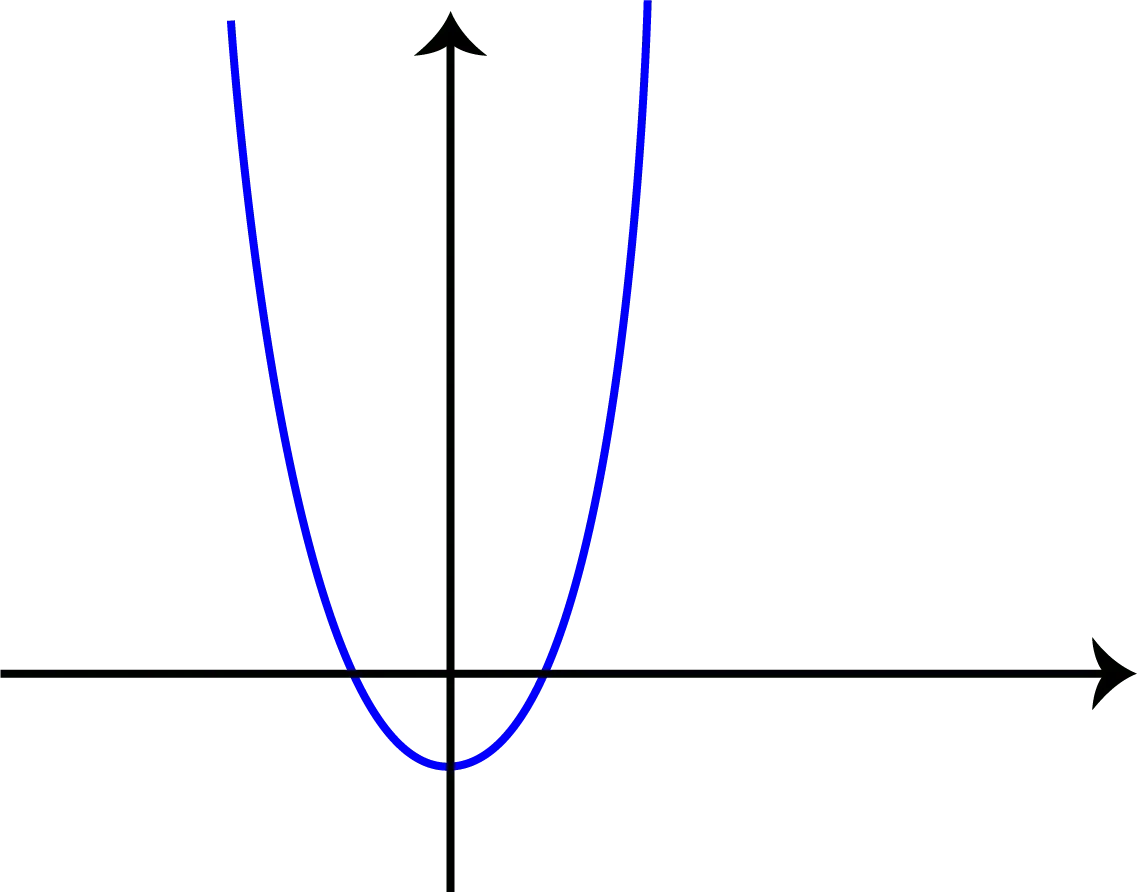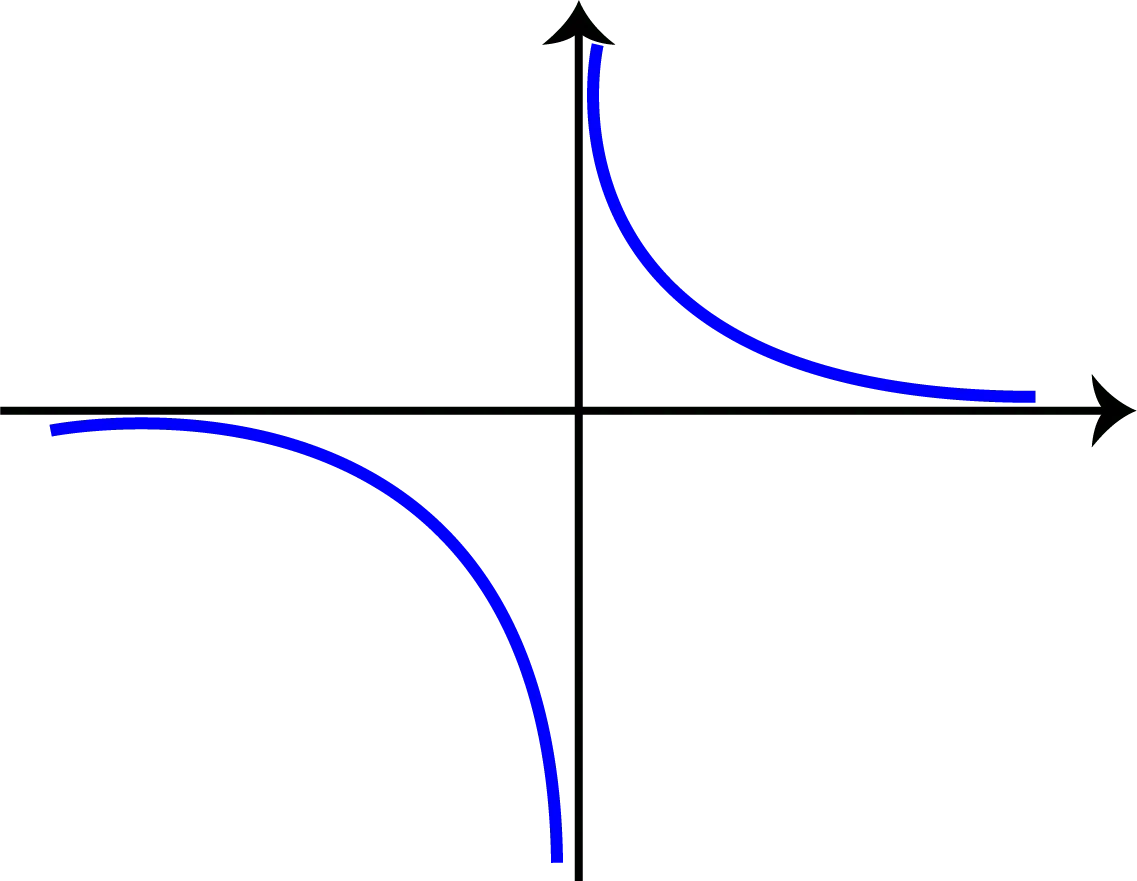Course Computational Mathematics
Bisection Method
In this lesson, we'll talk about the Bisection Method and some applications of it. To understand how it works, consider the following problem:
Given a function
Before we solve the problem, let's analyze some properties of the problem.
Continuous Functions
The first important property is that
A function
Let's look at some examples.

Figure 1 : This is the graph of the function g(x) = x - 3 and it is continuous because we can draw it without taking the pencil out of the paper

Figure 2 : this is the graph of the function h(x) = x*x - 1 and it is continuous because we can draw it without taking the pencil out of the paper

Figure 3 : This is the graph of the function i(x) = 1/x and it is not continuous because it is divided into two separate parts
